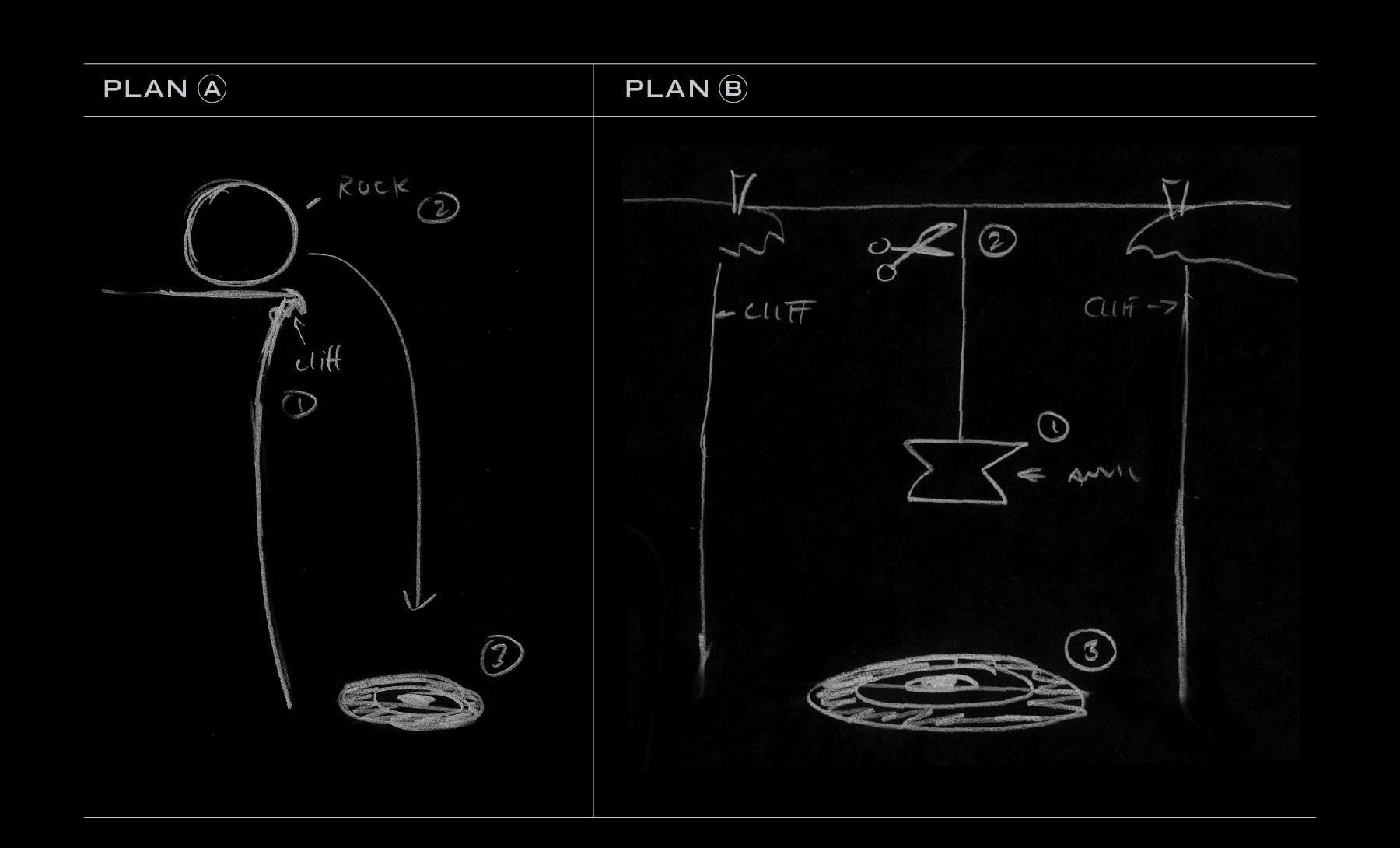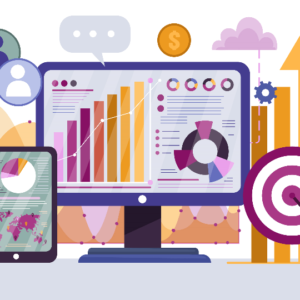What do I talk about when I talk about marketing automation?
Marketing automation for Dummies.
It’s a truth universally acknowledged that, upon being asked about their objectives, a client will invariably answer “more revenues”.
Let’s not despair: it’s in the darkest hour that we are given the opportunity to rise and shine.
THE GENERAL PICTURE
I mentioned objectives because they are the starting point of any marketing automation project – in general, they should be the ‘why’ of most marketing campaigns (wouldn’t that be nice?). Defining and getting an agreement on them should be your main priority because everything depends on how you define success.
But there’s something before that: an initial framework, a gestalt you can rely upon to build your whole automation… thing.
Consider a couple of principles:
- Customers are different from each other.


Source: Wikipedia (link)
Journeys are not linear. Customers may get to know your brand in a number of different ways and can consume your content, and lurk, for a long time before the impulse to complete a revenue-generating interaction takes over; and you can give yourself a pat on the back for a job well done.
This is not to say that there are no common denominators – if this was the case, why even bother building a checkout process – but the number of different paths that can be taken to get there can be daunting.
2. You can nudge them toward completing your preferred action.
Depending on the data available, you can push users toward the preferred action you want them to take at any given moment. To keep it simple, there are at the very least two kinds of information that are precious when designing a trigger: the action of the user (or lack thereof) you want to build on (e.g. “abandonment of the purchase process”), and the approximated profile of the user you are contacting (e.g. “returning customer in high RFM cluster”). This information governs What You Are Going To Say and How You Are Going To Say It.


This is the important bit: the more you build simple triggers in a similar fashion, the closer you get to have something akin to a whole system that is both fluid, since it works around what a user does at any given moment without making assumptions on his journey, and coherent because it is designed around objectives and takes into consideration a users’ behaviour.
FLESH OUT THE OBJECTIVES
We left our client demanding us to bring in more revenues; it’s on us now to translate this request into an actionable proposal.
There is no hard and fast rule here. Businesses can differ significantly on their sales processes and on the relative weight of each revenue-generating channel, but there is a set of actions you can use as a guideline to inform your next actions.
- Interview stakeholders
We all would prefer to shoot ourselves in the knee rather than scheduling an extensive set of meetings (I do), but listening to stakeholders is a fundamental step.
People that should be commonly included comes from Marketing, Sales (more so in a B2B environment), and Customer Service. They all need to be involved in the process.
You should try to avoid having the three departments throwing things at each other, but instead aim to have them expose their individual objectives and the difficulties they encountered when pursuing them.
2. Exploratory analysis
Order logs, web analytics, and campaign reports (and access to the relevant systems) are enough to start with your plan. With this activity, you should aim to define benchmarks and highlight opportunities.
Analyse the transactions: dates, values, volumes, attribution, seasonality, […] paying particular attention to items that can reveal important attributes of the transactor (“child discount”, “limited number edition”). From here, you can elaborate benchmarks, get a sense of the order of magnitude you are working on, and get some ideas for data enrichment.
Analyse the transactors. You should merge the data you have on your clients using a reliable identifier, then find some top-level categorisations for your customer base – RFM clusters or any value-based classification you deem worth the scope of your project will do.
Finally, try to use the data to answer specific actionable questions – E.g. “How many users in this high-value segment can I actually contact for marketing” – or to prove a hypothesis, E.g. “Is it true that users with kids have a higher average order value\a longer lifetime”? Bonus points if you manage to do this while remaining serious and professional – nothing like “I want to see if there’s anyone I know among the buyers of this oddly embarrassing product” or “Ah, that’s a funny choice of email address!”.
Analyse the non-transactors. You might want to see if they entertain behaviours that signal a closeness to the transaction, or attributes that make them similar to users in segments of purchasers you previously identified.


Analyse aggregated data. There is some information you cannot easily link to a customer, but that can still be useful to you. In this phase, I normally look for inefficiencies in the purchase processes, circular journeys… in general, problems that can reduce the efficiency of marketing automation activities.
At this point, you should be able to see where I am going. You have some numbers that hint at some opportunities, and these opportunities can be grouped into objectives you can detail: “Increase average order value”, “recover disengaged top customers”, etc… and you could call it a day and put it into a presentation – which Plato said is “the art of putting small numbers in smaller balloons and big numbers in bigger ones”. But there’s something else…
MAP OUT AND ANALYSE THE EVENTS
“Events” here are the little bits of data that represent a significant behaviour on which you can implant a marketing activity.
A registration is such an event. A purchase is another. The expected delivery day too. A repeated visit on a single product can be a fourth. A complaint filed to your customer service can be one, but a threatening message made with cut-out letters from a newspaper, likely, isn’t.


Some of them will be immediately actionable. Some others might require additional tech investment, but that’s fine: in time you will have enough data to create the business case for later development.
At this point you can analyse those events, to find out:
- What do these events signify? Are they reliable indicators of a real interest that has some business value?
- How many of these events do I register in a set timeframe, and how many for my contactable database?
- Who in my clusters is passing through these events? Is there space for segmentation?
These events will be the building blocks for your automations, and the questions above should allow you to define priority: higher volumes, higher intent, higher value of users tend to signify a more valuable opportunity.
At this point, you should have enough data to present your automation project: you have clearly defined objectives grouped into categories, you have a set of segments fit to serve those objectives, and you have both the events you want to use as starting blocks for your automations, and a first quantification of the potential impact.
If you’d like to discuss any of this with me or the team at Winners please get in touch – we’d love to hear from you.





